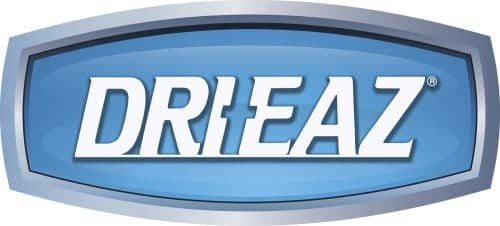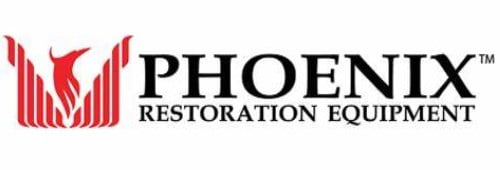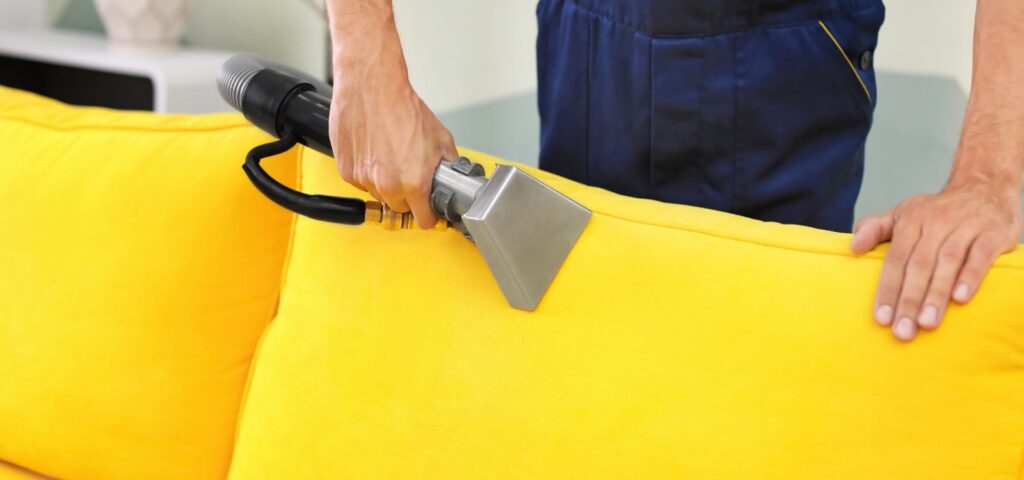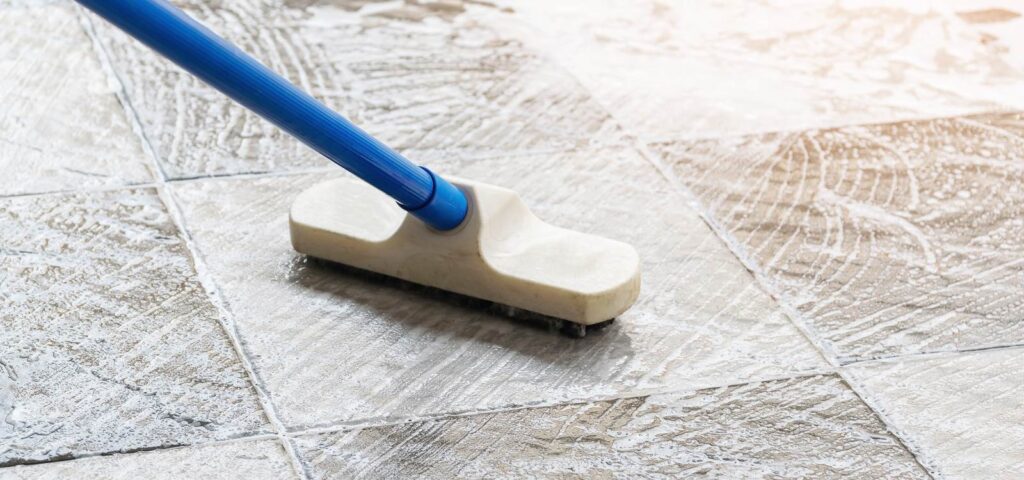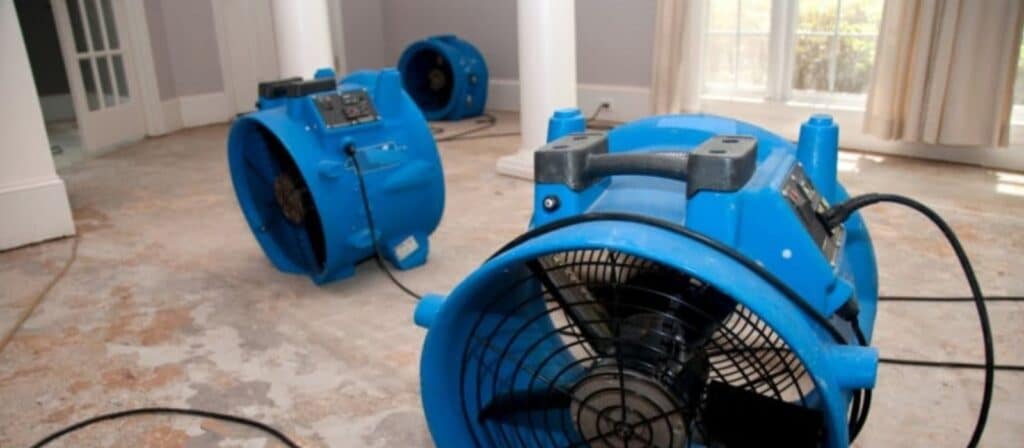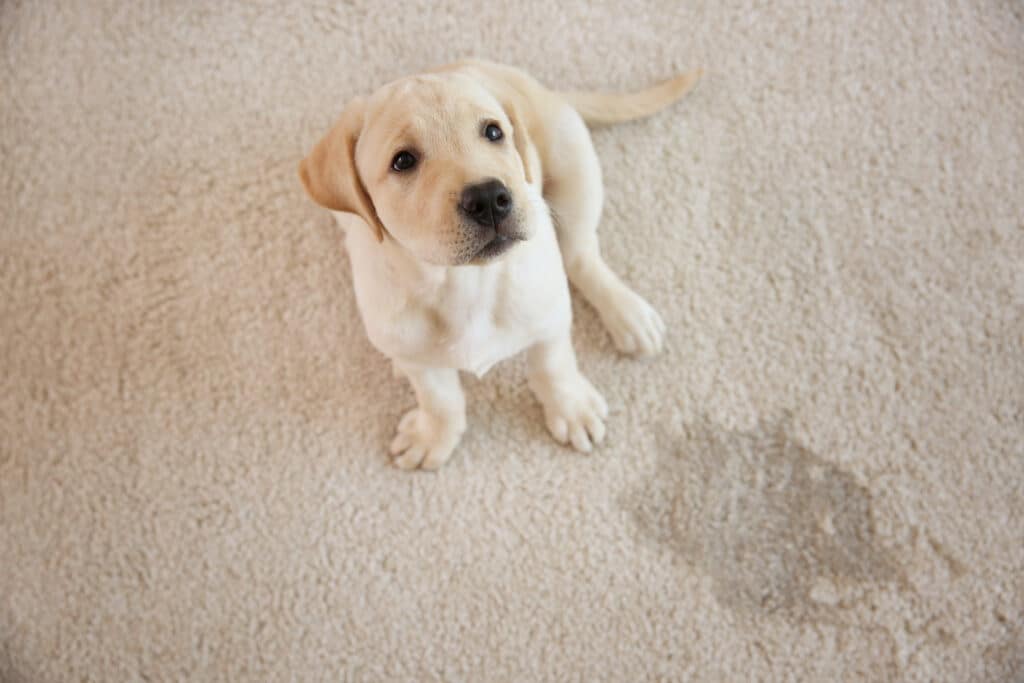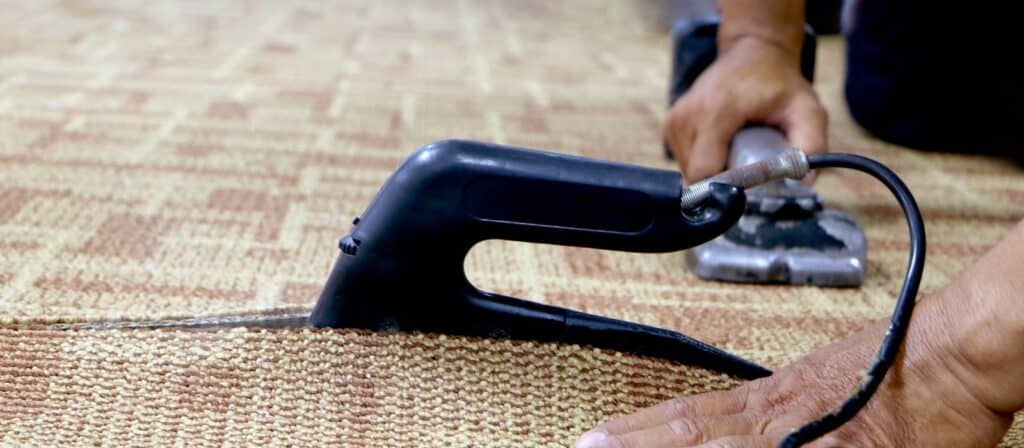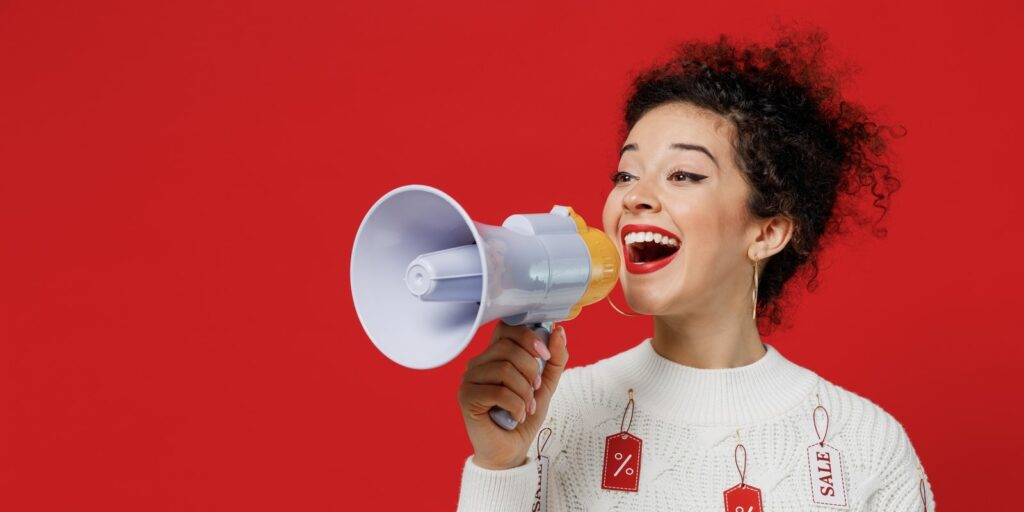Water Damage Restoration
When you have water damage it is important to take action without delay.
Happy Day Carpet Care, also known as FLOOD DOCTORS, uses special water damage drying equipment to get the water out of your home, treat the affected area, and get your home dry fast!
Read MoreIn most cases, your insurance company will cover the cost. Our owner, Patrick Bautch is certified by the IICRC (The Institute of Inspection, Cleaning and Restoration Certification). The institute has created standards by which your insurance company approves to be the process to use when you have water damage.
Water Damage Restoration
Restoration Services provided by Happy Day Carpet Care include water extraction, water removal, drying, odor control, removal, and other services. If water has flooded your basement or carpet area it is important to remove water fast. Drying is also important and can include equipment such as commercial dehumidifiers and blowers as well as other related services. We offer disinfectants such as Micro-ban and follow-up cleaning services.
Most insurance companies cover the cost to remove water, water extraction, and water damage Call 262-313-7979 for more information or to get emergency service. Water extraction, water removal, and water damage services are available in all of southeastern Wisconsin.
What Is The IICRC?
The Institute of Inspection, Cleaning and Restoration Certification (IICRC) has served as the Industry Guardian for the cleaning, inspection and restoration service industries for more than 30 years. As a non-profit certification organization, the IICRC helps ensure that you have access to trusted and trained cleaning professionals by establishing and monitoring certification programs and standards for these industries.
IICRC S500 Storm Damage Restoration Recommendations
The following information from the Institute of Inspection, Cleaning and Restoration Certification (IICRC) is a public service to those who have suffered water-related losses due to storm damage (e.g., hurricane, tornado).
Whether insured or not, it is important for property owners to document the damage with photographs or video, and immediately, begin loss mitigation procedures themselves; or hire a qualified contractor to do this on their behalf. It is totally inappropriate to put off mitigation while waiting for an insurance claims representative to arrive on the scene to evaluate the loss. By that time, in all probability, sufficient time will have passed to grow and amplify microorganisms, which may not be covered by insurance. Loss mitigation is defined by insurance policies as “reasonable and prudent measures designed to preserve, protect and secure the property from further damage,” including microbial growth and amplification.
According to the IICRC Standard and Reference Guide for Professional Water Damage Restoration (IICRC S500), there are three different categories of water that cause damage in buildings. The following is a summary of each of them.
Yes, IICRC (Institute of Inspection, Cleaning and Restoration Certification) standards call for the removal and replacement of the carpet pad when category-2 water is present. Category-2 water is unclean and has significant contamination. However, category-3 water is totally contaminated and the carpet and the pad MUST be removed and anything that has come in contact with the contaminated water must also be removed and properly disposed of. The insurance company should pay to have the carpet or wood floor removed and replaced.
Category 1 Water – That which is clean at the releasing source and does not pose a hazard if consumed by humans. Category 1 water could become progressively contaminated if it mixes with soils on or within floor coverings or building assemblies (walls, decking, and subflooring). Time and temperature, which promote the growth and amplification of microorganisms in water, can cause Category 1 water to degrade. Some examples of where this water could come from are: burst water pipes, failed supply lines on appliances, vertically falling rainwater.
Category 2 Water – That which begins with some degree of contamination and has the potential of causing sickness or discomfort if consumed by humans. As with Category 1 water, time and temperature could cause Category 2 water to become increasingly more contaminated.
Category 3 Water – That which is highly contaminated and could cause death or serious illness if consumed by humans. Some examples include: sewage, rising flood water from rivers and streams, ground surface water flowing horizontally into homes. There are two ways in which water enters a building as a result of wind storm damage: The first involves falling or windblown rainwater that enters as a result of damage to roof components or wall assemblies. The second involves horizontally traveling ground surface water (Category 3) containing silt and soil contaminants that infiltrate into structures, generally through doors or around foundation walls. This ground surface water (storm surge) may accumulate to a depth of several inches or several feet. When structures are partially submerged or remain substantially flooded for weeks, far more elaborate procedures usually are required.
Most household microorganisms (fungi, bacteria) typically require five conditions for germination, growth, amplification and dissemination. Generally, they include:
organic food source, especially cellulose (e.g., paper, wood), which are found in abundance in construction materials
moisture, even high humidity (67% RH plus)
moderate temperature – 68-86°F/20-30°C
stagnant air in the structure
time – several hours to several days
Anything that can be done to control or minimize these optimum conditions will help prolong the time required for microbial growth.
Frequently Asked Questions (FAQs)
Will my homeowner insurance policy cover the cost of water damage?
Yes, in most cases your homeowner insurance policy covers water damage or flood damage. It depends on the source of the water. If your sump pump cannot keep up with the amount of water coming into your basement it is considered a flood. Make sure you have flood insurance. If your sump pump is broken and that is why you have water damage you may or may not be covered. Some insurance policies require a special rider on your policy to cover water damage from broken sump pumps. If water comes in from the foundation of your home it will more than likely be covered. It is best to call your agent and ask if you’re covered for flood damage, water damage or sump pump failure.
What is the first thing I should do when I notice water damage?
The very first thing you should do is call Happy Day Carpet Care. If you are covered for the water damage and you do not take action to mitigate the damage you could be responsible for the secondary damage caused by water damage or flood damage. This should be written in your insurance policy. You the homeowner are responsible for any secondary damage caused by water damage or flood damage if mitigation (damage control) is not started. Secondary damage is damage that is caused because action is not taken to stop or remove water. Water in its liquid form can spread under, up and through just about anything. As water evaporates it can create damage to drop ceilings and lead to high humidity. Humidity above 60% over 48 hours is a part of the formula for mold growth. If this happens you will need a mold remediation company to remove the mold. Make sure you are covered for mold removal as it is very expensive.
Will my homeowner insurance policy cover the cost of new carpet or wood floor?
I had water in my basement and I used a wet/dry vacuum to get it up but, now there is an odor. Can I get the carpet cleaned to fix this?
No, the odor is the result of improper extraction. The pad is probably very wet and mold has started to grow under the pad. Mold and mildew have a very musky odor. The odor will not go away and no, deodorizer will not remove it. If there is a musky odor coming from the carpet then it needs to be removed. Also, the area will need to be treated with an anti microbial treatment. It may also need to be dehumidified to remove all moister before new carpet is installed.
What can be done and how is it done?
Using extraction equipment such as our truck-mounted system or other equipment we will extract the water from your carpet if the carpet is to be saved.
We set up the area with other necessary procedures.
Air Movers are used to circulate the air in the affected areas and help with the drying process.
Heavy-duty, Industrial strength dehumidifier(s) are typically put into the area to bring the humidity level down.
We offer disinfectant treatment such as Micro ban disinfectant to kill bacteria that can cause mold growth and mildew odor.
Optional full-service carpet cleaning is done after the area is completely dry to help renew the carpet to its original appearance.
LGR 2000
The steps below are the typical method for this cleaning process:
Pre-Vacuuming of carpeted areas.
Pre-Treatment with a cleaning agent to loosen and suspend soils – Optional deodorizer may be applied.
Deep Cleaning Hot Water Extraction process.
Optional Scotchgard (TM) or another protector may be applied.
Post-Treatment such as grooming of cut pile type carpets.
Call us at (262) 313-7979 or 800-618-3080 to learn more or to receive a free estimate.
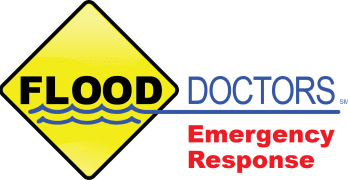
We offer Professional, Highly Skilled and Caring Service.
414-771-7775 or 800-618-3080
We can work with your insurance.



